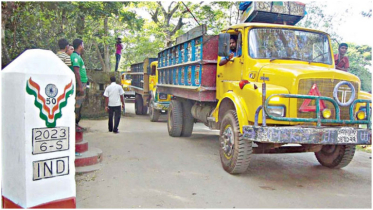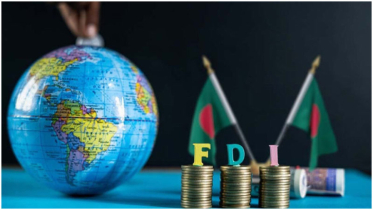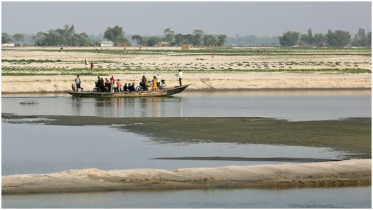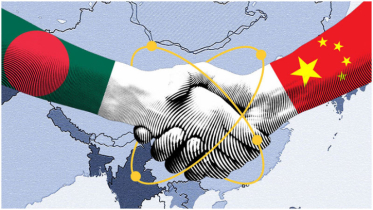Will Indian ammunition for Ukraine strain Modi's ties with Putin?
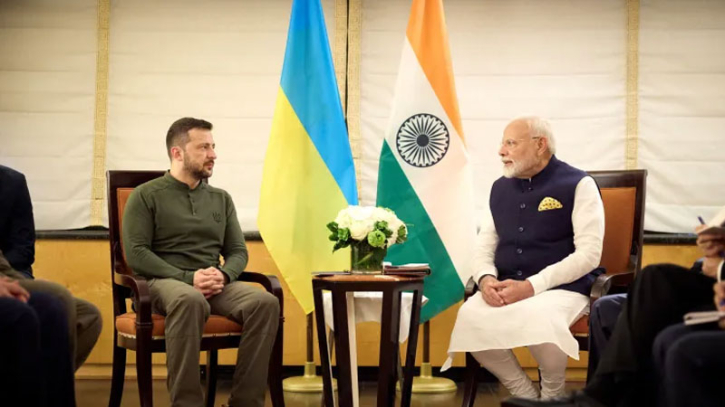
Visiting Moscow in early July, Indian Prime Minister Narendra Modi described Russia as New Delhi’s “trusted ally” and “all-weather friend”, referring to the decades-old strategic collaboration between the two nations.
Yet, less than three months later, that relationship is being tested, especially after reports that Kyiv has accessed Indian ammunition and is using it in the Russia-Ukraine war. An investigation by the Reuters news agency suggests that Indian shells, bought by Italy and the Czech Republic, have been routed to Ukraine. The report follows a series of battlefront images that have emerged in recent months showing Indian ammunition being used by Ukrainian forces to push back against Russia.
Meanwhile, Modi has held a string of meetings with Ukrainian President Volodymyr Zelenskyy, beginning in June in Tokyo, then in a first-ever visit by an Indian PM to Kyiv in August, and finally, last week, in New York on the margins of the United Nations General Assembly.
India’s Ministry of External Affairs spokesperson Randhir Jaiswal described news reports of Ukraine using Indian ammunition as “speculative and mischievous”. He denied that India had violated any rules but did not specifically deny the presence of Indian shells in Ukraine’s armoury.
But Russian officials are unconvinced by India’s response, and pose a central question: Has New Delhi pressured buyers of its shells to make sure it does not reach the war in Ukraine?
“There is ample proof of Indian artillery shells being used by Ukrainian forces. There are even photographs to suggest that,” a Russian official told Al Jazeera, requesting anonymity. He pointed to the end-user agreements that accompany all military exports — for sellers to track the final users of their sold armaments. “Show us the proof that India has followed up with Italy or Czechia about how the shells have gone to Ukraine,” the official said, using another name for the Czech Republic.
If Indian ammunition is making its way to Ukraine, it would not be the only instance of Indian weapons being used in current wars. In June, Al Jazeera revealed how rockets and explosives manufactured by Indian companies were being shipped to Israel amid the devastating war on Gaza, in which more than 41,000 people have been killed.
And if the shells are reaching Ukraine through third countries — without India necessarily intending for that to happen — that too would not be unprecedented, said Waheguru Pal Singh Sidhu, professor at the Center for Global Affairs at New York University.
“During the apartheid regime, retired British-made Centurion tanks belonging to India, which had been sent for repairs and upgrades to a British company, landed up in South Africa,” Sidhu told Al Jazeera.
But there are also clear reasons, say analysts, why India might have calculated that it can manage the stress to its ties with Russia from Ukraine’s use of Indian shells.
‘Equal opportunity supplier’
Traditionally a leading arms importer, India exported $3bn worth of weapons from 2018 to 2023 as it has tried to develop its homegrown defence manufacturing industry under Modi.
The Ukraine war has provided the Indian defence industry a major boost. Exports by just three companies — Munitions India, Yantra and Kalyani Strategic Systems — to Italy and the Czech Republic jumped from $2.8m to $135.24m between 2022 and 2024.
“As India begins exporting more arms globally, it will deal with the unpleasant reality that arms importers don’t always do what the exporter would like with the arms and even occasionally might do things that appear to contravene restrictions the exporter had originally imposed,” said Christopher Clary, assistant professor of political science at the University at Albany, State University of New York.
Meanwhile, some reports suggest that Indian electronics exported to Russia are being used for military applications.
“If that is indeed the case, then India is clearly being an equal opportunity supplier — and supplying both sides: like Milo Minderbinder, the fictional character from Catch-22, who profits by supplying both sides of the conflict,” Sidhu said.
Impact on ties with Russia
Some experts believe that Ukraine’s use of Indian ammunition will not meaningfully complicate New Delhi’s long and strong relationship with Moscow, rooted in their close cooperation during the Cold War. Two-thirds of India’s weapons purchases in the past two decades were from Russia – this at a time when New Delhi has tried to wean itself off its military dependence on Moscow.
Estimates suggest that Indian shells make up barely 1 percent of Ukraine’s ammunition needs in the war against Russia.
“Given that the quantity of ammunition apparently going to the Ukraine war is modest, I imagine the turbulence this causes in India’s foreign relations will also be modest and manageable,” Clary told Al Jazeera.
But the Russian official who spoke to Al Jazeera suggested that Moscow is reading the tea leaves a little differently. The official pointed out that soon after returning from Kyiv in August, Modi called United States President Joe Biden to update him on his talks with Zelenskyy. But he made no such call to Putin, who instead made the move to call Modi.
Modi then sent India’s National Security Adviser Ajit Doval to Moscow to brief Putin about the Indian PM’s meeting with Zelenskyy. The Kremlin leaked footage of Doval trying to persuade a seemingly unconvinced Putin about the merits of Modi’s visit to Kyiv, further indicating the unease in ties between India and Russia.
Meanwhile, back home, leaders of the opposition Congress party are accusing Modi of sabotaging historically good relations with Moscow under US pressure. “The Indian PM was forced to travel by bulletproof train to Kyiv under pressure of US that wants New Delhi to break its ties with its old friend Russia,” Congress leader Rashid Alvi told Al Jazeera. “If the Indian arms are landing in Ukraine, then it is also due to machinations of the US.”
Impact on the Russia-Ukraine war — and India’s hopes of mediating peace
To Sidhu, the NYU professor, even more significant than the small volume of Indian shells reportedly reaching Ukraine is the reason why the Czech Republic and Italy might be funnelling this ammunition to Zelenskyy’s forces in the first place.
“It shows that their production lines are stretched and they are desperate to supply Ukraine by any means possible,” he said. “This is a repeat of what happened in 2011-12 when NATO ran out of bombs and weapons to use in Libya; clearly, the Ukraine war has stretched weapon supplies among its Western allies.”
In February, the German newspaper Der Spiegel reported that Germany was in talks with India to buy ammunition for Ukraine. The German Embassy in New Delhi refused to comment.
Meanwhile, India has tried to frame Modi’s serial meetings with Zelenskyy and Putin — he will visit Russia for a second time in three months in October for the BRICS summit — as part of New Delhi’s efforts to broker peace between Moscow and Kyiv.
Clary said he does not expect a small supply via third countries of Indian shells to Ukraine to complicate those peace efforts. But he does not see Modi succeeding in mediating peace either.
“The problem is both countries think they can achieve their war aims on the battlefield. I’m not sure Modi’s good offices can fix that problem,” Clary said.
Even with India’s recent overtures to Ukraine, Shanthie Mariet D’Souza, founder and president of the Goa-based think tank, Mantraya Institute for Strategic Studies, said New Delhi’s traditionally warm ties with Moscow hurt its credibility as a mediator. “India’s strong historical ties with Russia raise questions about India’s neutrality,” she told Al Jazeera.
She also agreed that for all of Modi’s efforts, neither Russia nor Ukraine appeared interested in peace for now. “The war is currently at a complex stage, with both sides determined to settle it through military means,” she said. “At the moment, it seems unlikely that there is any room for a peacemaker.”
What there is room for are arms sales — including ‘Made in India’ shells fired on the battlefront.
Source: Al Jazeera
.png)

